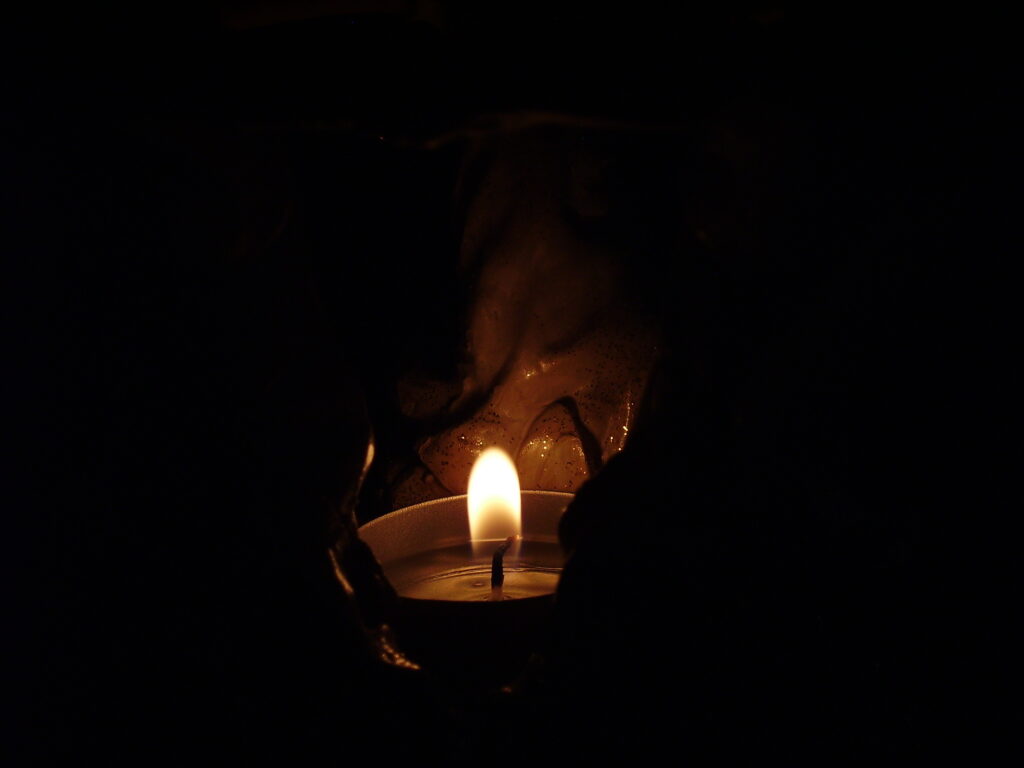


What is most important when starting a meditation practice is consistency. Meditating at least once daily is essential to maintain momentum as well as to develop the skill of inner stillness and contemplation. It is ideal however to meditate twice daily, 20 minutes in the morning and 20 minutes in the evening.
Space
A meditation space is also encouraged. It does not have to be a room solely devoted to this as not everyone has this luxury. However, the room should be clean, inspiring and simple to facilitate a tranquil atmosphere.
Time Keeper
A timer is essential so that one can settle into a deep state without worrying about keeping track of time. It is best if the alarm on the timer is a gentle sound as abruptly being startled out of a meditation can affect the effects of the session. A smart phone works perfectly.
Cues
Besides having a space to meditate using such tools such as candles, essential oils or incense are useful in creating an association for the brain between deep relaxation and certain scents or visuals. Inspirational photos, pictures and statues are also helpful to cue your brain before you close your eyes.
Postures
In terms of actually meditating one can sit down on a chair, lie down or sit on the floor. However, lying down is often discouraged as this can cause one to actually fall asleep. Meditating in a chair is perfectly acceptable; however some prefer to sit cross legged on the floor. In this case you may want a meditation cushion called a zafu which makes sitting for long periods of time more comfortable and prevents poor circulation.
The three traditional postures are the basic posture in which one sits crossed legged with their back straight, their neck slightly like a soldier standing at attention and they rest their hands on their knees.
- In the traditional Hindu meditation posture they sit in the same way as the basic posture but press their index fingers and thumbs together and rest their hands upwards on their knees.
- In traditional Christian meditation one sits upright on a chair or sits on a cushion and places the hands on the knees or in one’s lap.
- In the typical Buddhist meditation posture the hands are placed in the lap with one hand over the other facing upwards and the thumb tips are joined.